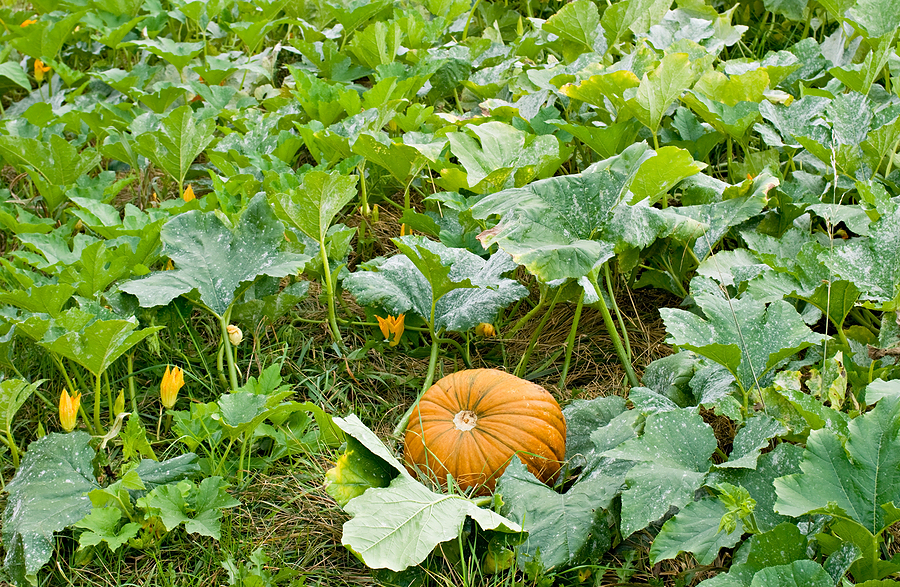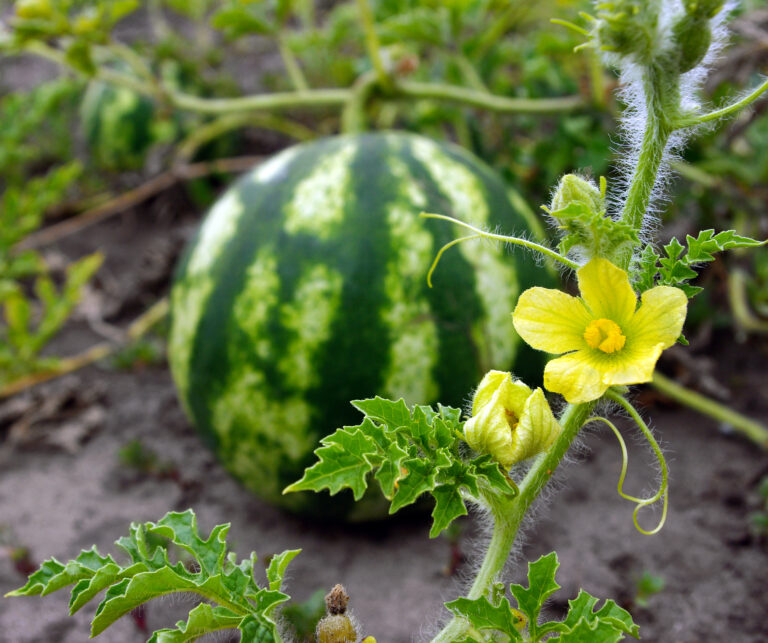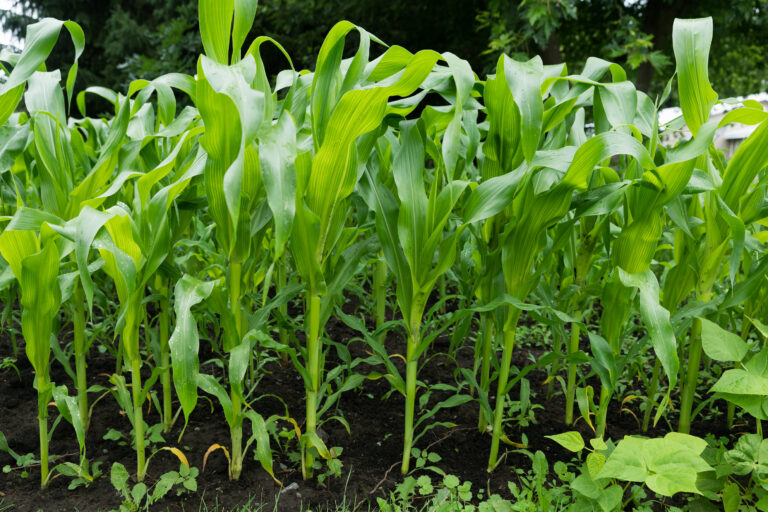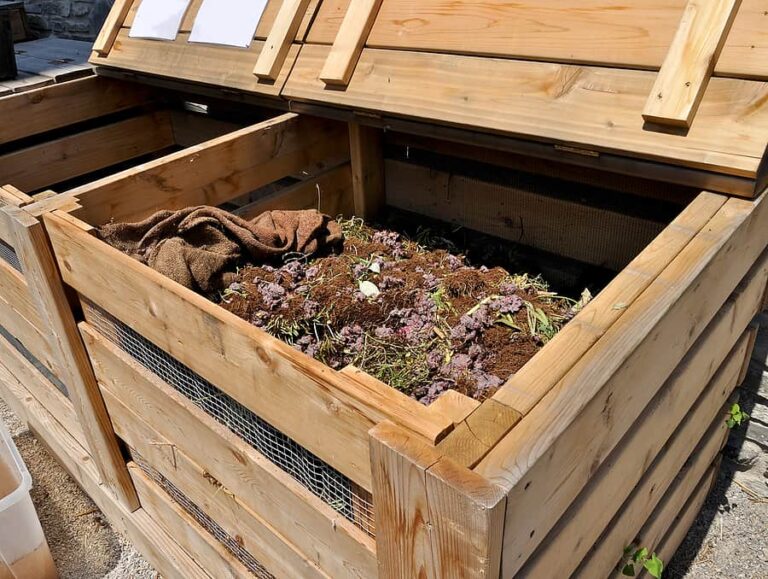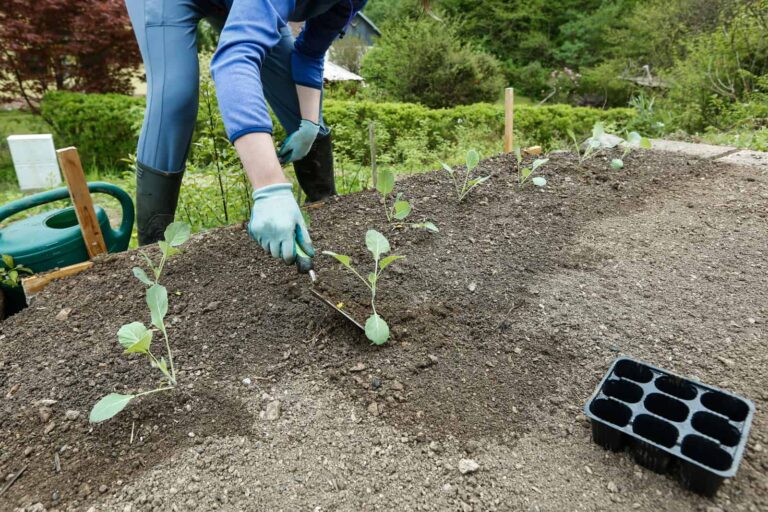Choosing the Right Pumpkin: Cooking vs Carving
Every fall, pumpkins take center stage—from kitchen tables to front porches. But before you grab the first bright orange squash you see, it’s important to know: some pumpkins are better for cooking, and some are better for carving.
I’ve grown and cooked with pumpkins for years, and choosing the right type really does make a big difference, whether you’re whipping up a pie or creating a Jack-o’-lantern masterpiece.
Pumpkin Size: Cooking or Carving
When selecting a pumpkin, size matters, especially depending on what you want to do with it.
- Small pumpkins are best for cooking. Typically weighing between 4 to 6 pounds, these pumpkins have dense, sweet flesh that’s perfect for pie fillings, breads, muffins, and hearty autumn soups. Their flavor is rich, and their texture smooth—exactly what you want for baking and cooking.
- Intermediate and large pumpkins, the ones most often found at pumpkin patches for Halloween, are usually grown for size and appearance. Their flesh is stringy, watery, and not particularly flavorful. These pumpkins are ideal for carving Jack-o’-lanterns, not for eating.
- Giant pumpkins, like the enormous ones seen at county fairs and pumpkin-growing competitions, are bred purely for size. They’re impressive to look at, but they’re not good for cooking—or even carving, really, because of their thick walls and bland, fibrous flesh.
What Is a Pumpkin, Exactly?
The orange, round, ribbed vegetable we call a pumpkin is actually a type of winter squash.
Winter squashes, including pumpkins, are planted in late spring, just like summer squashes such as zucchini. But unlike zucchini, pumpkins and other winter squashes develop a tough outer rind, which allows them to be stored and enjoyed through the winter months.
When it comes to botanical classification, there’s no sharp dividing line between pumpkins and other winter squashes like Hubbard, Butternut, or Acorn squash. The differences are mostly traditional and visual: pumpkins are usually round, orange, and associated with fall festivities like Halloween and Thanksgiving.
Choosing a Pumpkin to Grow
If you’re planning to grow your own pumpkins, it’s important to pick the right variety based on your goal—cooking or carving.
For Cooking
If your goal is cooking, choose a small, sweet variety. Look for pumpkins around 4 to 6 pounds, with fine-grained, flavorful flesh that’s easy to roast, puree, and bake.
Some of the best varieties for cooking include:
- ‘Early Sweet Sugar’ – early to mature with a smooth, sugary flavor.
- ‘Luxury’ – a richly flavored pumpkin perfect for pies and baking.
- ‘Spookie’ – small, versatile, good for both cooking and small decorations.
- ‘Sugar Pie’ – a classic, dependable variety known for its sweet, dense flesh.
These pumpkins will give you the best texture and taste for everything from pies to soups.
For Carving
If your aim is carving a festive Jack-o’-lantern, you’ll want a larger pumpkin that’s easy to cut into, with a hollow interior and thinner walls.
Great carving varieties include:
- ‘Cinderella’ – with its flattened, deeply ribbed shape, this pumpkin is as beautiful as it is carveable.
- ‘Spirit’ – bred specifically for carving and also usable for light cooking.
- ‘Jack-o’-lantern’ – true to its name, this classic variety is perfect for spooky faces and Halloween fun.
These varieties are two to three times larger than cooking pumpkins, with a shape and size ideal for your Halloween displays.
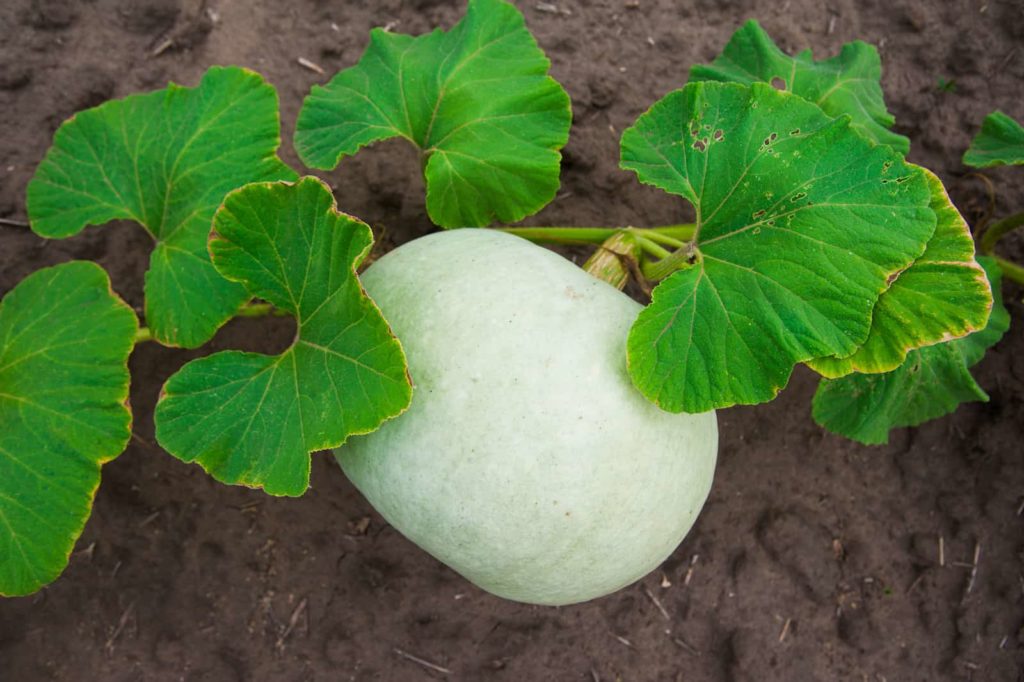
My Personal Tips for Choosing the Best Pumpkin
Over years of gardening and pumpkin picking, here are a few tips I always follow:
- For cooking: Choose a pumpkin that feels heavy for its size. A heavier pumpkin usually has denser, richer flesh. Avoid pumpkins with soft spots or cracks.
- For carving: Look for pumpkins with a strong, sturdy stem (it helps prevent early rotting) and a flat bottom so the pumpkin sits upright without wobbling.
No matter how you plan to use your pumpkin, taking the time to pick the right one ensures a better experience—whether you’re making the perfect pie or lighting up the neighborhood with your Jack-o’-lantern.
Related Posts Start Here:
Getting Started
- Pumpkin Varieties You’ll Love to Grow
- Choosing the Right Pumpkin: Cooking vs Carving
- Pumpkin Seed Starting Tips
- How to Plant Pumpkins Successfully
- How to Grow Pumpkins in Containers
- Best Companion Plants for Pumpkins
Growing and Care
- Watering, Feeding, and Caring for Pumpkins: A Complete Guide
- Pumpkin Pollination: A Gardener’s Guide
- Common Pumpkin Pests and Diseases (and How to Stop Them)
Harvest and Beyond
- How and When to Harvest Pumpkins
- How to Store and Preserve Pumpkins After Harvest
- Five Ways to Cook Pumpkins
Bonus/Fun

